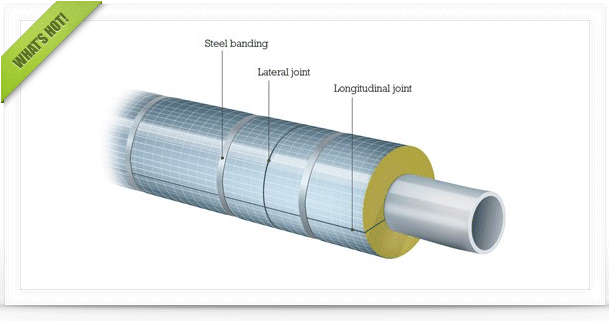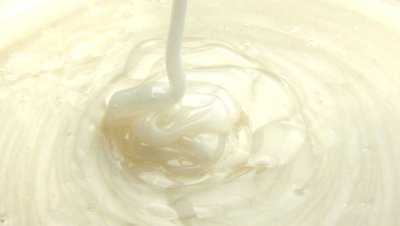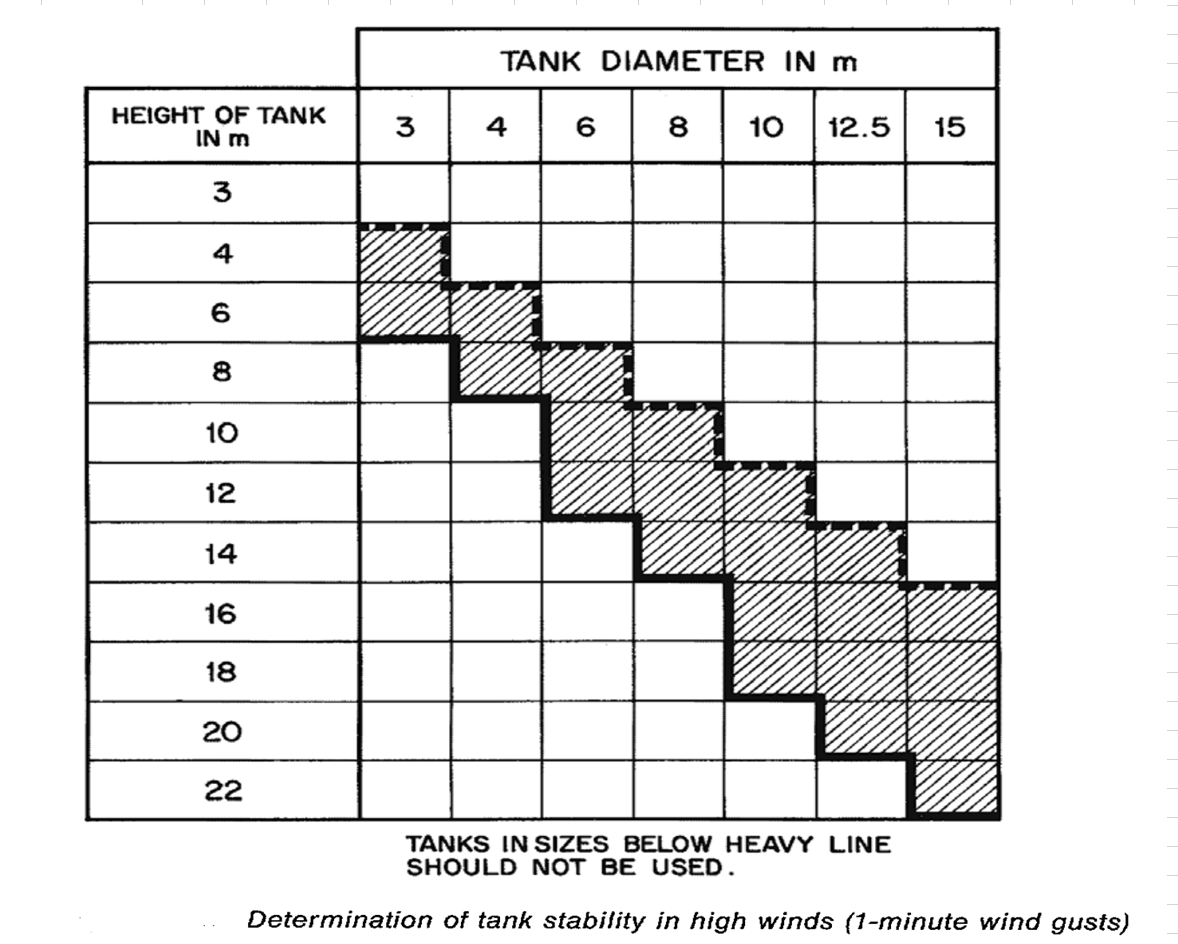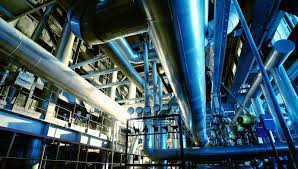If I have calculated a relieving demand rate for gaseous nitrogen in Nm3/h and now I have to convert it to equivalent Nm3/h of air, is it correct to multiply this by a correction of 0.98 based on square root of ratio of mol. wt. of nitrogen and mol. wt. of air?
|
|
Relieving Flow Rate In Terms Of Air Equivalent
#1

Posted 21 November 2024 - 07:23 AM
#2

Posted 21 November 2024 - 09:55 AM
Breizh
#3

Posted 21 November 2024 - 11:11 AM
Graham's law.
Breizh
Yes the square root of the ratio of the mol. weights is basically the Graham's Law. But what I want to know if my interpretation to use it in context to relief valves demand rates is correct or not. The PSV vendor catalog has the capacity of PSV orifices defined as volumetric flow rate of air at normal conditions (0 C and 1.013 bar ) but the PSV is being used in a gaseous nitrogen (GAN) application. The relieving demand rate is calculated as mass flow rate, kg/h of gaseous nitrogen (GAN). So if I convert the calculated kg/h of GAN to Nm3/h of GAN and then apply Graham's Law to convert it to Nm3/h of air and then select the PSV with an orifice size such that the demand Nm3/h of air is less than the capacity Nm3/h of air in the catalog, am I following the correct approach for PSV sizing?
Edited by go-fish, 21 November 2024 - 11:12 AM.
#4

Posted 21 November 2024 - 02:18 PM
See this post on Eng-Tips in particular the posts that I made. I think this explains your question:
#5

Posted 21 November 2024 - 03:29 PM
See this post on Eng-Tips in particular the posts that I made. I think this explains your question:
(24) API 2000 - Conversion from Nm3/h of air when tank is blanketed with fuel gas - Safety Relief Valve engineering (PSV) | Eng-Tips
You state that Qa = Qg ( MWg^0.5) / (29 ^ 0.5)
which is same as Graham’s law as 29 is approximation of the mol wt of air. So am I correct in my approach?
Edited by go-fish, 21 November 2024 - 03:33 PM.
#6

Posted 21 November 2024 - 03:47 PM
My derivation is of API 2000 equation for converting from a particular amount of gas generation flowrate to an equivalent amount of air flowrate for verifying adequate tank relief rate when the relief device was tested, calibrated and capacity stated based on the flowrate of air. The conversion provides the equivalent amount of air flowrate for a given gas flowrate to produce the same pressure drop across the relieving device such as an atmospheric tank vent where flow is always subsonic. It would not apply to an ASME relief valve that is designed to operate at sonic flow.
#7

Posted 21 November 2024 - 04:00 PM
So the answer would be yes the Graham conversion can be used whenever the pressure drop across the element can be expressed in the form of constant times the velocity head:
dH = K(V)2/2g
#8

Posted 22 November 2024 - 12:45 AM
Hi,
Consider this resource, annex D , equation D35 and followings
After simplification, Graham's equation.
Note: Air or N2, is it significant? MW : 29 and 28 g/mol
Breizh
Attached Files
#9

Posted 24 November 2024 - 07:36 PM
The way I see it is that the equivalent air flow versus a certain gas flow is defined as what equivalent air flow would give the same pressure drop as a given gas flow. There are two ways to get a drop in pressure in a gas: 1) by velocity increase and 2) by pressure drop due to friction which for a gas also increases the velocity for constant diameter.
My post above provides a conversion from a gas flow to an equivalent air flow that will give you the same pressure drop in a pipe with friction pressure drop and pressure drop due to velocity change using a standard gas flow equation when Q (the flowrate is solved for). Here the flow/velocity is already established so the in solving the equation for Q (flowrate) there is an initial velocity in the pipe or pipe component at inlet conditions. Therefore the equation just looks at the pressure difference between inlet and outlet at constant area. No pressure drop is accounted for to get the gas to the inlet velocity value.
For instance the General Equation For Gas can be solved for Q as:
Q2 = ((P12-P22)(d5))/((Z)(T)(f)(L)(SG))
Where above represents flowrate of a particular gas at a given known upstream and downstream pressure and constant pipe diameter. Then the equation can be written by combining all the known values:
Qg = (©/(SGg))1/2 = Where C is a constant combining all terms except the variable SGg (specific gravity of gas) = MWg/MWa
or Qg2 = ©/(MWg/MWa) = ©(MWa/MWg)
Likewise for the flow of air:
Qa2 = ©/(SGa) Where Qa = Flow of air and SGa air is the specific gravity of air = 1 = MWa/MWa
or Qa2 = ©/(MWa/MWa) = ©(MWa/MWa)
Therefore:
(Qa/Qg)2 = (MWa/MWa)/(MWa/MWg) = MWg/MWa
and therefore
Qa = Qg (MWg/MWa)1/2
This is the same equation as I derived using the spitzglass equation in the link I provided in my previous post which was performed in order to check equation B-5 in API 2000 - 1999, to determine what equation B-5 indicated was the conversion of flow of gas to equivalent flow of air. I believe this is the same as what is called the Graham equation?
So this conversion gives for a given flow rate of gas - how much air flow will it take to give the same initial and final pressures, at same flowing temperature and pipe diameter - that is all other things the same other than the SG of the gas.
(To be continued)
Edited by snickster, 24 November 2024 - 07:54 PM.
#10

Posted 24 November 2024 - 08:13 PM
There is another way to look at equivalent flow of air versus flow of gas. If you had a tank with zero flow and a vent consisting of a perfect nozzle that discharges to the atmosphere with no pipe at the discharge, for a given flow of gas what would be the equivalent flow of air to give the same pressure drop? This is the basis of the API 2000 2013 equations that Breizh posted link to.
I was curious as to why the original equation I posted was different from the ones shown in API 2000 - 2013 and the above is my conclusion. My original post gave equation for equivalent flow of air in a pipe with flow and velocity already established so any change in pressure is due to friction loss plus the increase in velocity due to pressure drop due to friction loss which a typical gas flow equation solving for Q (flow) represents.
The API 2000 - 2013 equations give the flow developed across a perfect nozzle due to and adiabatic isentropic expansion of the gas from zero tank velocity to the velocity in the throat where the pressure in the throat of the nozzle (vent opening when fully opened) is atmospheric since there is not discharge pipe attached. This is basically what a manufactured tank relief vent is when fully open. In this case knowing the stagnation pressure and temperature of the gas in the tank, temperature, and MW (molecular weight) etc, and knowing the final isentropic expansion pressure (atmospheric 14.7 psia) you can derive the equations shown. This considers that the only drop in pressure is due to an adiabatic isentropic change in velocity from zero to the throat velocity without friction.
Attached is a derivation of the API equations which proves that they are based on isentropic expansion. Furthermore that being the case Equation D-35 will not simplify to the same conversion shown above (Graham Equation?) unless the k-values of the gas and air are the same (i.e., 1.4).
Attached Files
Edited by snickster, 24 November 2024 - 08:15 PM.
Similar Topics
Heat Exchanger Steam FlowStarted by Guest_aliebrahem17_* , 25 Nov 2024 |
|

|
||
Flow Through Normally No Flow LineStarted by Guest_iippure_* , 08 Apr 2025 |
|

|
||
Flare Header Reverse FlowStarted by Guest_Ahmadhamzahperta_* , 04 Apr 2025 |
|

|
||
Dynamic Simulation After Feed Flow ReductionStarted by Guest_Kakashi-01_* , 20 Mar 2025 |
|

|
||
Smr Reformer Flue Gas FlowStarted by Guest_kaidlut_* , 14 Feb 2025 |
|

|

 FB
FB









